brazilian pepper tree uses
Use it as a picnic tree all year round. A resinous extract is used to protect fishing line and nets.

Brazilian Pepper Trees Form Dense Forests That Exclude All Other Plant Life
Brazilian pepper tree Schinus terebinthifolius Raddi also known as Felfel Aareed is a shrub or small tree up to 10 m tall native of Argentina Paraguay and Brazil Fig.

. Brazilian Pepper Bark Tea as a Laxative. Native to South America. Related to poison ivy poison oak poison sumac the Brazilian pepper has the potential to cause dermatitis to those with sensitive skin.
Brazilian pepper is considered an invasive species in other parts of the world including in the United States and South Africa. Brazilian pepper is the fruit of the Brazilian peppertree Schinus terebinthifolius. However because the tree has a lot of sap internally you will need to dry it out before it can even be considered to be used for burning.
However most contemporary uses of Brazilian pepper tree are focused on its activity against harmful organisms. Some people have also expressed respiratory problems associated with the bloom period. It has been used to tan leather.
As a remedy for hypertension and for irregular heartbeat. Traditionally Brazilian pepper has been used in herbal medicine for its natural anti. And as a female balancing herb for numerous menstrual disorders including menstrual cramps and excessive.
Brazilian peppertree is still employed in herbal medicine today in many countries. Once you have cut split and then dried the wood it will burn well if you need it for firewood. The small pink fruits from this tree have been used by traditional Amazonian healers for generations to treat infections and wounds.
The tree has also been used to make toothpicks stakes posts railway ties and research shows it might make a good pulp wood. The folk medicine uses of pepper tree are many and include relief from symptoms of ulcers respiratory problems diarrhea and skin problems. Place a park bench near the tree and create an inviting and relaxing space in your yard.
Brazilian pepper tree wood burns very well. Be sure to give this tree room to grow and enjoy the colorful appearance no matter what the season may be. Brazilian pepper tree is the common name for the Schinus terebinthifolius tree a native of Brazil Argentina and Paraguay.
The Brazilian pepper tree an invasive plant in the southern United States is showing great potential in the fight against antibiotic-resistant bacterial infections. In regards to receiving wood chips from tree trimming services with Brazil Pepper plants in them. The Best Ways to Use the Brazilian Pepper Tree.
Brazilian peppertree is still employed in herbal medicine today in many countries. Brazilian pepper-tree is native to Argentina Paraguay and Brazil. Its incarnation in the United States is considered invasive in states such as California Florida and Texas with aggressive programs in place to eradicate it from natural ecosystems and disturbed habitats.
The berries on this plant are extremely tasty and a common source of food for migratory birds. It is used for many conditions in the tropics including menstrual disorders bronchitis gingivitis gonorrhea gout eye infections rheumatism sores swellings tuberculosis ulcers urethritis urogenital disorders venereal diseases warts and wounds. 6 rows Brazilian pepper tree has been used as a remedy for ulcers respiratory problems wounds.
Investigation of botanical folk medicines for wounds and infections led us to study Schinus terebinthifolia Brazilian Peppertree as a potential source of virulence inhibitors. Several studies have confirmed Brazilian pepper tree to be toxic against Staphylococcus. For fungal infections and Candida.
Its bright red berries and brilliant green foliage are used frequently as Christmas decorations. Brazilian pepper tree was brought into Florida in mid-1800 for use as an ornamental plant. It really depends on the time of year they are chipped.
This species is an aggressive woody weed. Its role is more medicinal. The folk medicine uses of pepper tree are many and include relief from symptoms of ulcers respiratory concerns diarrhea and skin concerns.
The leaves have reddish colour and have 3 to 13 sessile oblong or elliptic finely toothed leaflets 25 to 5 cm long. Today herbalists and natural health practitioners in both North and South America use Brazilian peppertree mostly for colds flu and other upper respiratory infections. Leaves smell of turpentine when crushed.
Several studies have confirmed Brazilian pepper tree to be toxic against Staphylococcus. It is unrelated to true pepper Piper nigrum. Brazilian pepper tree is native to Argentina Paraguay and Brazil.
Imported from South America in the 1840s Brazilian peppertree quickly spread into natural areas taking over native tree hammocks pine flatlands and mangrove forest communities. This pretty Brazilian Pepper Tree is sure to be the focal point in your landscape. Unlike its relatives the Brazilian Peppertree isnt used to season food.
For a successful removal you must monitor the Brazilian pepper tree for at least six months before the removal process begins. So as long as you get your chips in SpringSummer which is better anyway due to lots of green new growth in the mix you should. Its against the law to.
In Spring to late Summer it will be fine because the Brazil Pepper sets seed in Fall to Winter. Brazil Leaf Tea for Cold. The species was brought into Florida in mid-1800 for use as an ornamental plant.
Contemporary uses of Brazilian pepper tree are focused on its activity against harmful organisms. Honey becomes Brazilian Pepper honey when about 70 of the blossom visited by the bees are that species. Brazilian Peppertree which is also known as Peruvian Pepper Tree Peppercorn Tree Californian Pepper Tree among many other common names is actually native to the Peruvian Andes.
It is used for many conditions in the tropics including menstrual disorders bronchitis gingivitis gonorrhea gout eye infections rheumatism sores swellings tuberculosis ulcers urethritis urogenital disorders venereal diseases warts and wounds. Bark-And-Leaf Tea Is Used as a Stimulant and Antidepressant. Brazilian Peppertree Schinus molle - Colds Flus Respiratory Infections Menstrual Irregularies and Disorders.
Brazilian Pepper Health Uses and Health Benefits. Once called Florida holly for its bright red berries Brazilian pepper branches were often used as Christmas decorations in Florida.
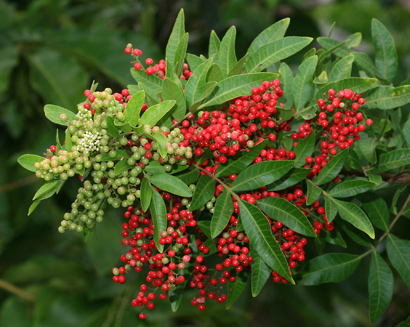
Newsletter 23 January 2012 Eat The Weeds And Other Things Too

Florida Researchers Use Pests To Help Control Pesky Brazilian Peppertree Plant Npr

Brazilian Pepper Everglades Cisma

Brazilian Pepper Tree Mlalazi Estuarine Floodplain Inaturalist
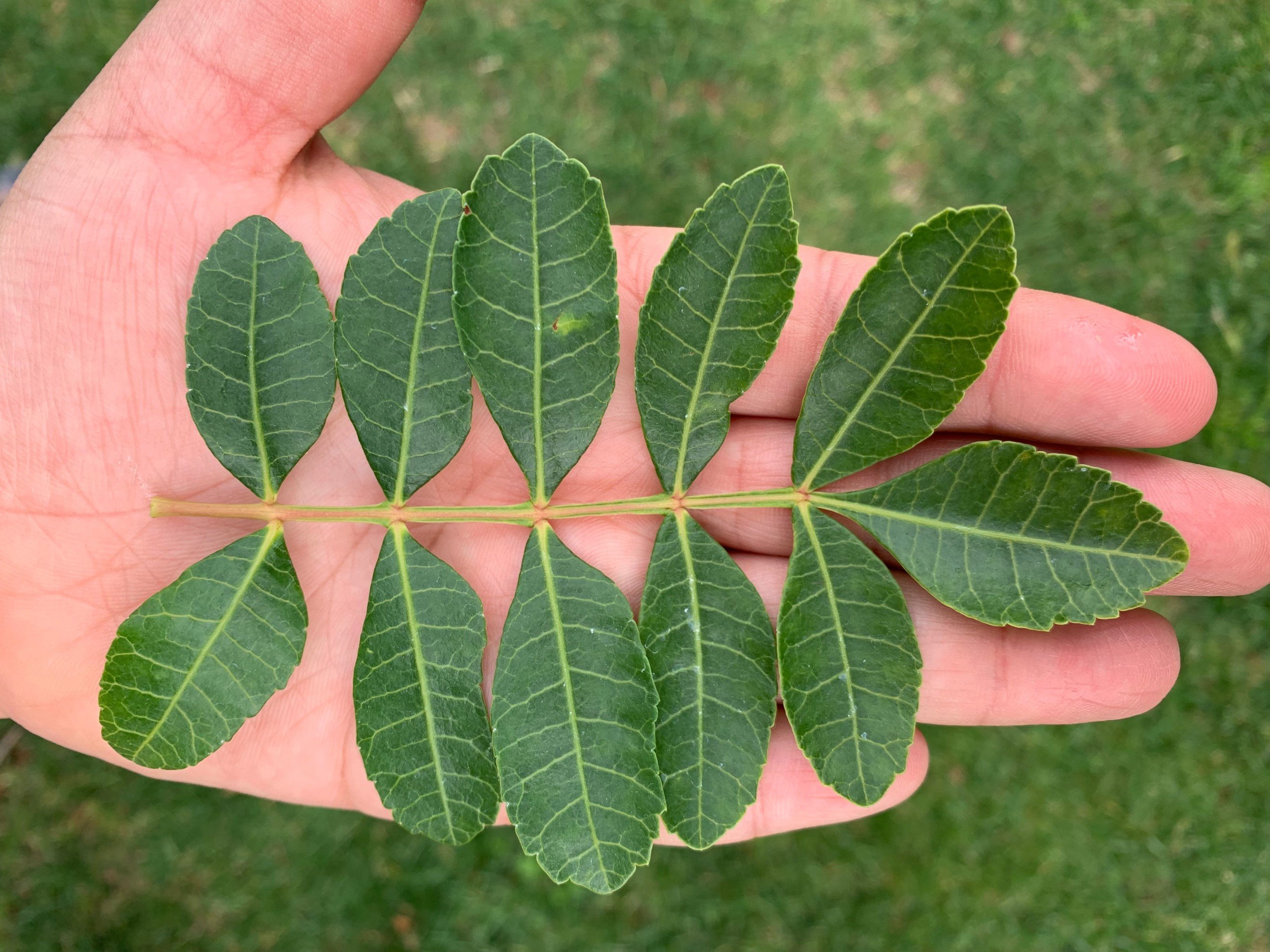
Brazilian Pepper University Of Redlands
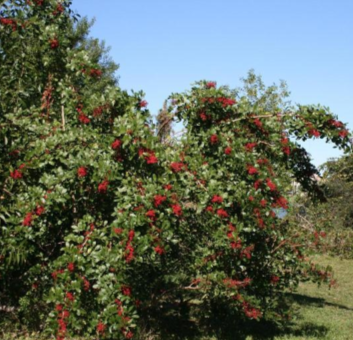
Invasive Plant Spotlight Brazilian Pepper U S National Park Service
Brazilian Pepper Tree On Most Hated Plants List
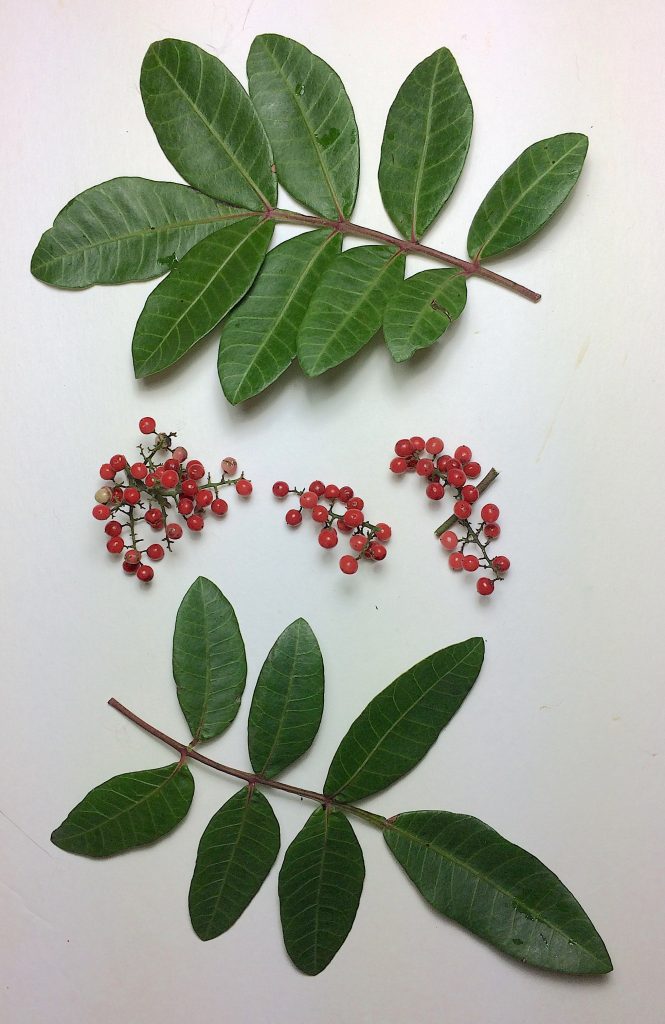
Alternative Pepper Or Brazilian Pest Eat The Weeds And Other Things Too

Brazilian Pepper Tree A Berry With Big Benefits

Brazilian Pepper Tree Mlalazi Estuarine Floodplain Inaturalist
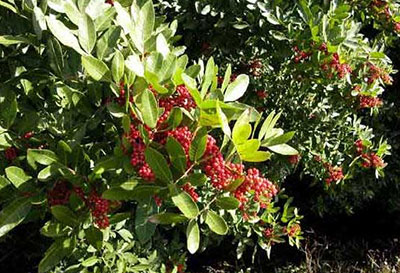
Brazilian Peppertree University Of Florida Institute Of Food And Agricultural Sciences
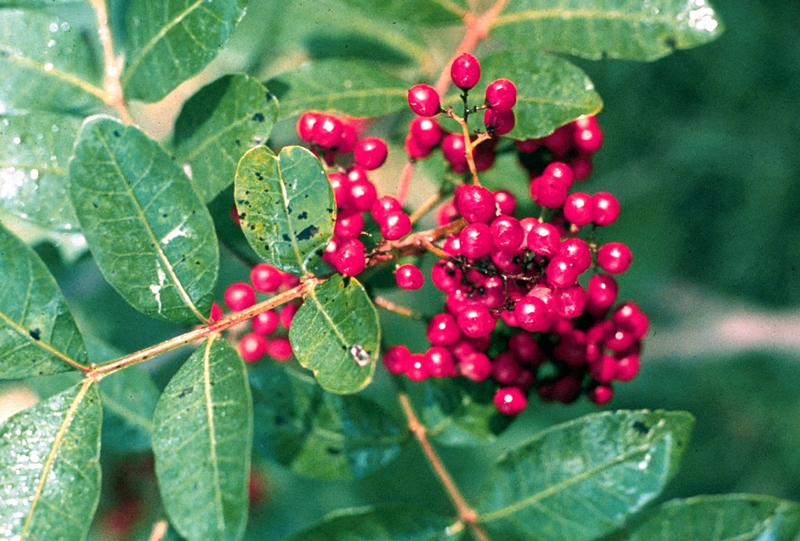
Brazilian Pepper Composting And Mulch Good Or Bad The Survival Gardener

Brazilian Pepper Tree Facts And Health Benefits
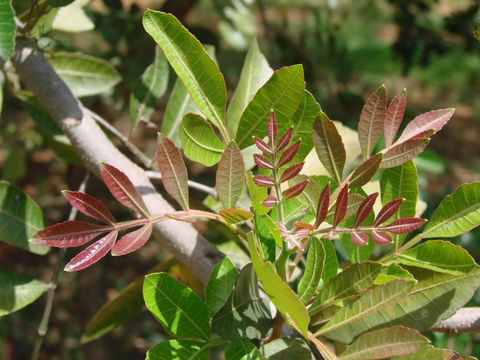
Brazilian Pepper Tree Facts And Health Benefits

Brazilian Pepper Tree Facts And Health Benefits

Brazilian Pepper Tree A Berry With Big Benefits

Invasive Plant Spotlight Brazilian Pepper U S National Park Service

Brazilian Pepper Tree Mlalazi Estuarine Floodplain Inaturalist
